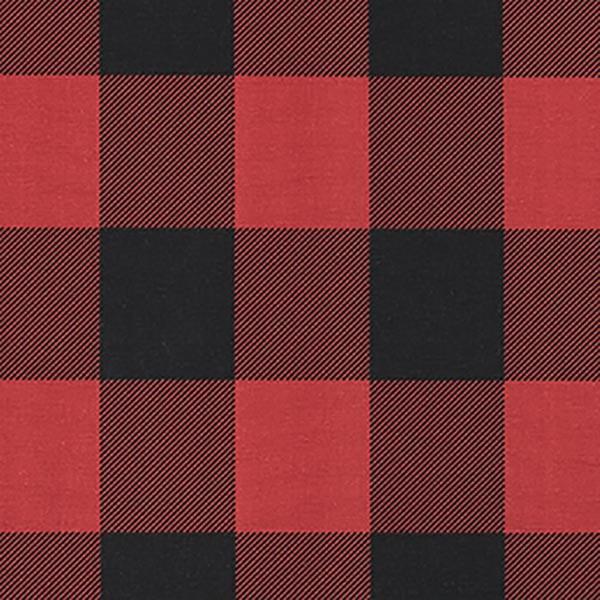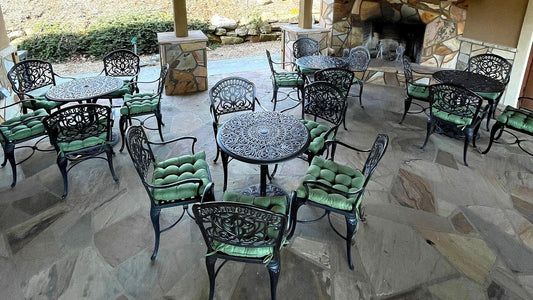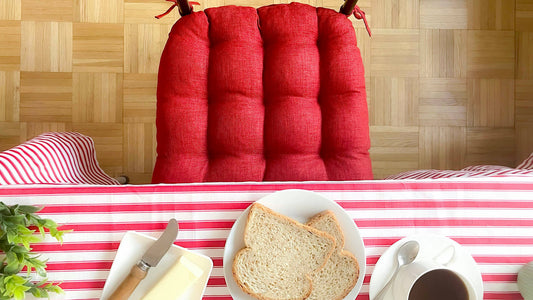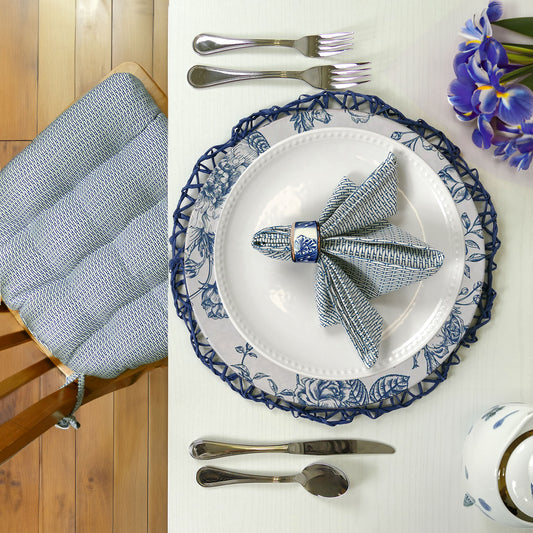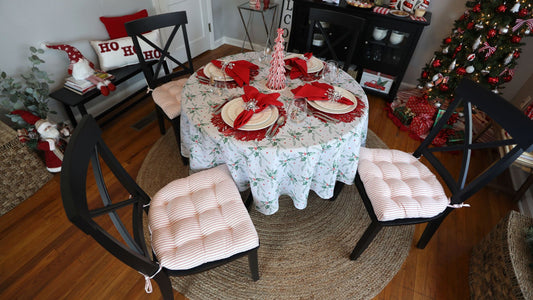The History of Buffalo Plaid Textiles
The pattern originated as a Scottish Highlands tartan known as Rob Roy. There are different origin stories to how the pattern came to be named Buffalo Check.
In the most common version of the story, a designer for Woolrich introduced the the broad black and red plaid pattern in the mid-1800s modeled after the Rob Roy tartan. Since he owned a herd of buffalo, he called it Buffalo Check. It was used for the first ready-made garment Woolrich offered. Still in operation, Woolrich is the oldest woolen mill in the country and have one of these shirts in their archives dating to 1856. This same classic Buffalo Check (No. 5310-402) is still available in their classic work shirt. This color combination is often associated with lumberjacks.
The other origin story of Buffalo Plaid is far more colorful. A descendant of Rob Roy, Jock McCluskey, befriended the Native Americans and traded Scottish woolen blankets for buffalo pelts. The deep red color was thought to be derived from the blood of spirits and believed to bring good luck when worn in battle.
While its origins are red and black, Buffalo Check has become a term used for a large check pattern of two colors. While the red and black as a symbol of lumberjacks evokes an outdoorsy feel, black and white Buffalo Check and other neutral color combinations have become trendy in home decor. It mixes the neutral color palettes with the farmhouse aesthetic into a basic bold two-color check.


